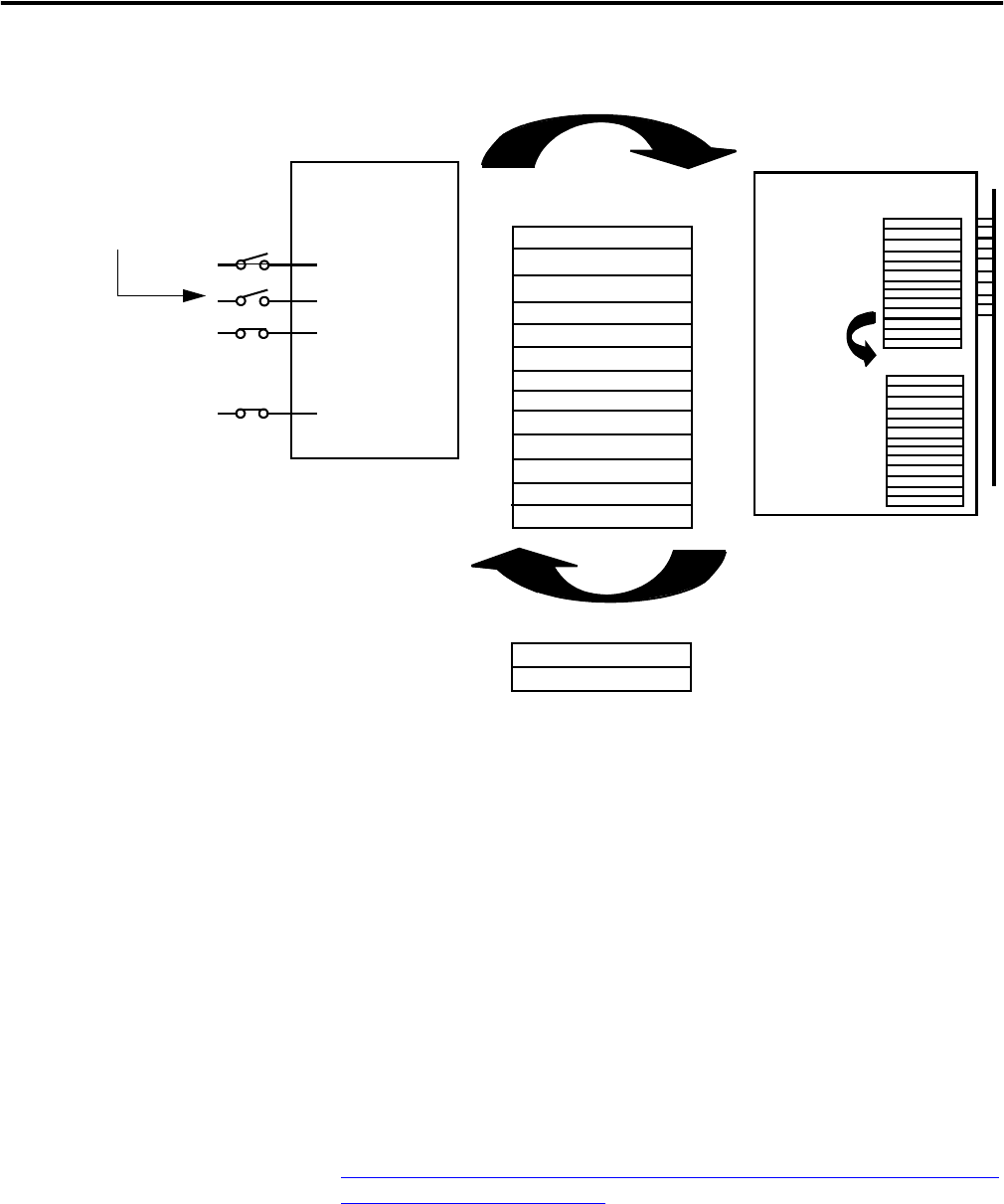supporting Sequence of Events
Table Of Contents
- 1732E-UM002A-EN-E 1732E EtherNet/IP ArmorBlock Supporting Sequence of Events User Manual
- Important User Information
- Table of Contents
- Preface
- Chapter 1 - About 1732E ArmorBlock Modules
- Chapter 2 - Module Overview
- Chapter 3 - Use the Module in an ArmorBlock System
- Chapter 4 - Install Your Module
- Chapter 5 - Configure the Module for Your EtherNet/IP Network
- Chapter 6 - Configure the Module Using RSLogix 5000
- Introduction
- Set Up the Hardware
- Create the Example Application
- Configure Your I/O Module
- Overview of the Configuration Process
- Add a New Bridge and Module to Your RSLogix 5000 Project
- Use the Default Configuration
- Change the Default Configuration
- Download Your Configuration
- Edit Your Configuration
- Access Module Data in RSLogix 5000
- Configure RSLogix 5000 and the 1756-EN2T Communication Module for CIP Sync
- Chapter Summary and What’s Next
- Chapter 7 - Module Features
- Introduction
- Determine Module Compatibility
- Module Features That Can Be Configured
- Chapter Summary and What’s Next
- Chapter 8 - Using the Module
- Chapter 9 - Interpret Status Indicators
- Chapter 10 - Troubleshoot the Module
- Appendix A - ArmorBlock 2 Port Ethernet Module Specifications
- Appendix B - Module Tags
- Appendix C - 1732E EtherNet/IP ArmorBlock Supporting Sequence of Events Data Tables
- Appendix D - Connect to Networks via Ethernet Interface
- Appendix E - 1732E ArmorBlock I/O Embedded Web Server
- Glossary
- Index
- How Are We Doing?
- Back Cover

Publication 1732E-UM002A-EN-P - March 2010
66 Using the Module
• O.NewDataAck.2 = 1
If Timestamp Latch is disabled, the module sends new data, from
subsequent transitions, to the controller as soon as they occur. The controller
overwrites timestamp data from the last transition, regardless of whether it
saved the data or not.
If the controller does not acknowledge the timestamp data then the NewData
bits in the input tags remains set and the EventOverflow bit is set as well.
Sort the Data
If you need to determine the order of events that occurred in a cascade, you
must use a Sort routine to determine the order of events. Rockwell
Automation offers a sample sort routine that you can use to determine the
order of events in an event cascade.
Visit the Rockwell Automation Sample Code Library at
http://samplecode.rockwellautomation.com/idc/groups/public/documents/
webassets/sc_home_page.hcst.
5. Controller clears data from input 2 on the module.
O.EventAck = 1
O.NewDataAck.2 = 1
Controller tags
Separate array
4. Controller
copies
relevant
data from
controller
tags to a
separate
array.
1. Input 2 transitions
from OFF to ON.
2. Module timestamps
the transition.
3. Module sends input
data to the controller.
1732E-IB16M12SOEDR ControlLogix controller
I.Fault
I.EventOverlow
I.OffsetTimeStamp
I.EventNumber
I.Timestamp[16].OffOn[2]
I.Timestamp[16].OnOff[2]
I.Data
I.NewData
I.ShortCircuit
I.OpenWire
I.GrandMasterClockID
I.LocalClockOffset
I.Fault
I.EventOverflow
I.OffsetTimeStamp
I.EventNumber
I.Timestamp[16].OffOn[2]
I.Timestamp[16].OnOff[2]
I.Data
I.NewData
I.ShortCircuit
I.OpenWire
I.GrandMasterClockID
I.LocalClockOffset
I.SyncedToMaster
I.SyncedToMaster










